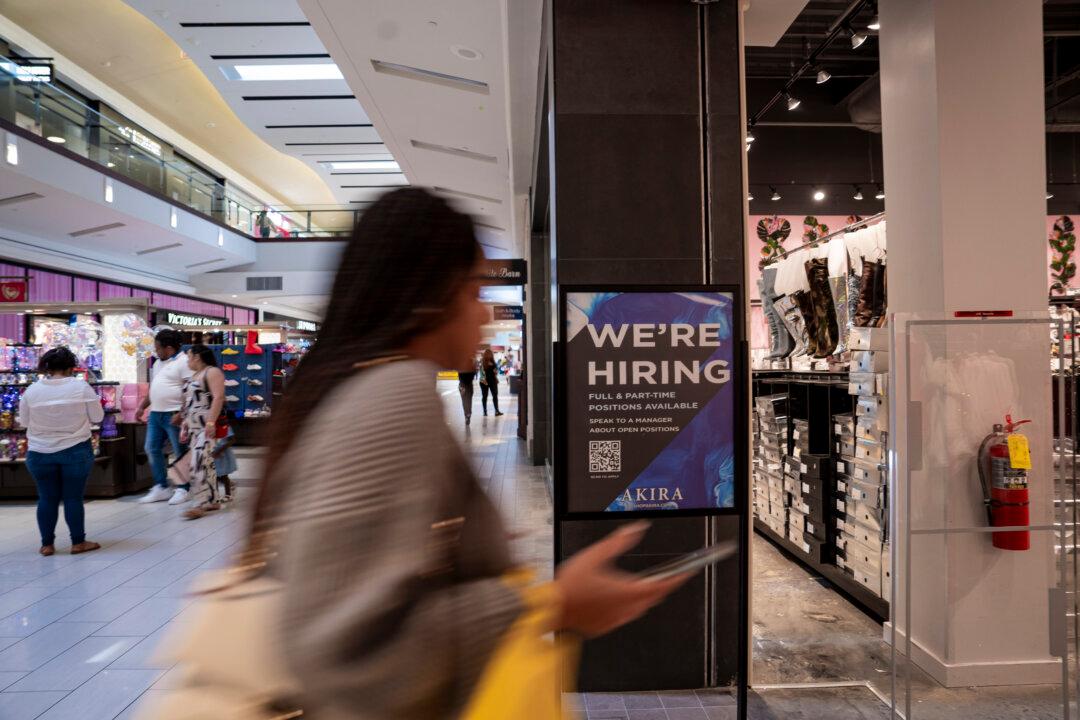Two new U.S. government reports confirmed that wage growth is slowing and that gains made by workers have been erased by persistent inflation. The latest figures could still help bolster the ever-increasing odds of an interest-rate cut in September by the Federal Reserve.
According to the Bureau of Labor Statistics (BLS), unit labor costs in the private sector rose at an annualized pace of 0.9 percent in the second quarter. This came in below the consensus estimate of 1.8 percent.





